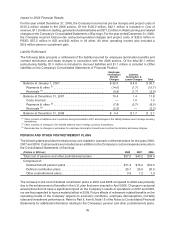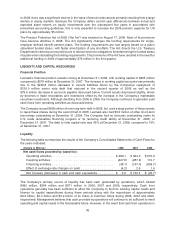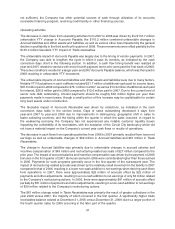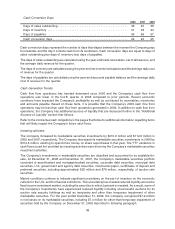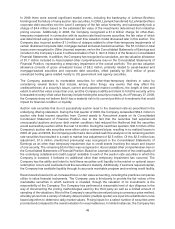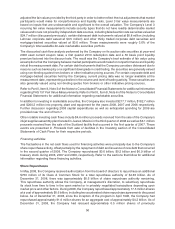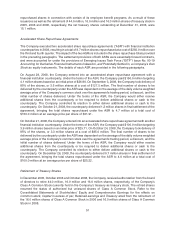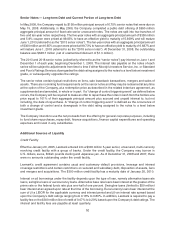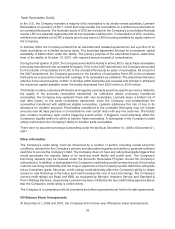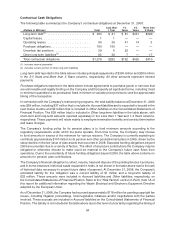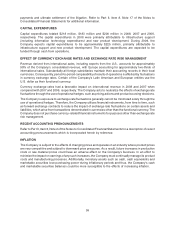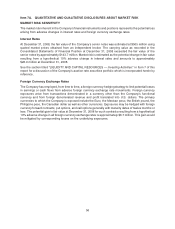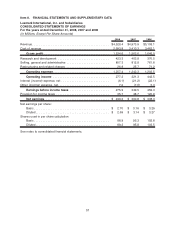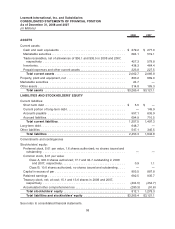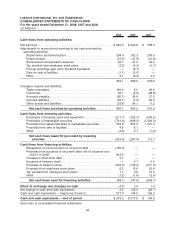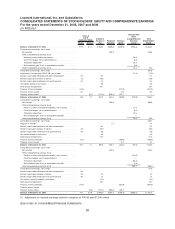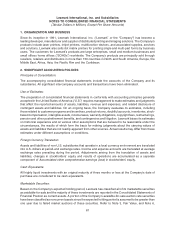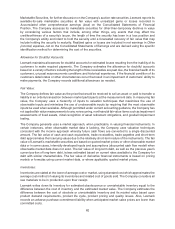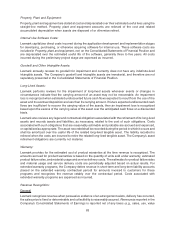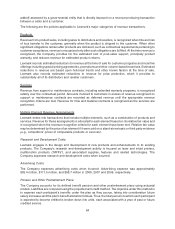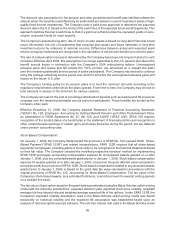Lexmark 2008 Annual Report Download - page 61
Download and view the complete annual report
Please find page 61 of the 2008 Lexmark annual report below. You can navigate through the pages in the report by either clicking on the pages listed below, or by using the keyword search tool below to find specific information within the annual report.payments and ultimate settlement of the litigation. Refer to Part II, Item 8, Note 17 of the Notes to
Consolidated Financial Statements for additional information.
CAPITAL EXPENDITURES
Capital expenditures totaled $218 million, $183 million and $200 million in 2008, 2007 and 2006,
respectively. The capital expenditures in 2008 were primarily attributable to infrastructure support
(including information technology expenditures) and new product development. During 2009, the
Company expects capital expenditures to be approximately $225 million, primarily attributable to
infrastructure support and new product development. The capital expenditures are expected to be
funded through cash from operations.
EFFECT OF CURRENCY EXCHANGE RATES AND EXCHANGE RATE RISK MANAGEMENT
Revenue derived from international sales, including exports from the U.S., accounts for approximately
59% of the Company’s consolidated revenue, with Europe accounting for approximately two-thirds of
international sales. Substantially all foreign subsidiaries maintain their accounting records in their local
currencies. Consequently, period-to-period comparability of results of operations is affected by fluctuations
in currency exchange rates. Certain of the Company’s Latin American and European entities use the
U.S. dollar as their functional currency.
Currency exchange rates had a favorable impact on international revenue in 2008 and 2007 when
compared with 2007 and 2006, respectively. The Company acts to neutralize the effects of exchange rate
fluctuations through the use of operational hedges, such as pricing actions and product sourcing decisions.
The Company’s exposure to exchange rate fluctuations generally cannot be minimized solely through the
use of operational hedges. Therefore, the Company utilizes financial instruments, from time to time, such
as forward exchange contracts to reduce the impact of exchange rate fluctuations on certain assets and
liabilities, which arise from transactions denominated in currencies other than the functional currency. The
Company does not purchase currency-related financial instruments for purposes other than exchange rate
risk management.
RECENT ACCOUNTING PRONOUNCEMENTS
Refer to Part II, Item 8, Note 2 of the Notes to Consolidated Financial Statements for a description of recent
accounting pronouncements which is incorporated herein by reference.
INFLATION
The Company is subject to the effects of changing prices and operates in an industry where product prices
are very competitive and subject to downward price pressures. As a result, future increases in production
costs or raw material prices could have an adverse effect on the Company’s business. In an effort to
minimize the impact on earnings of any such increases, the Company must continually manage its product
costs and manufacturing processes. Additionally, monetary assets such as cash, cash equivalents and
marketable securities lose purchasing power during inflationary periods and thus, the Company’s cash
and marketable securities balances could be more susceptible to the effects of increasing inflation.
55


